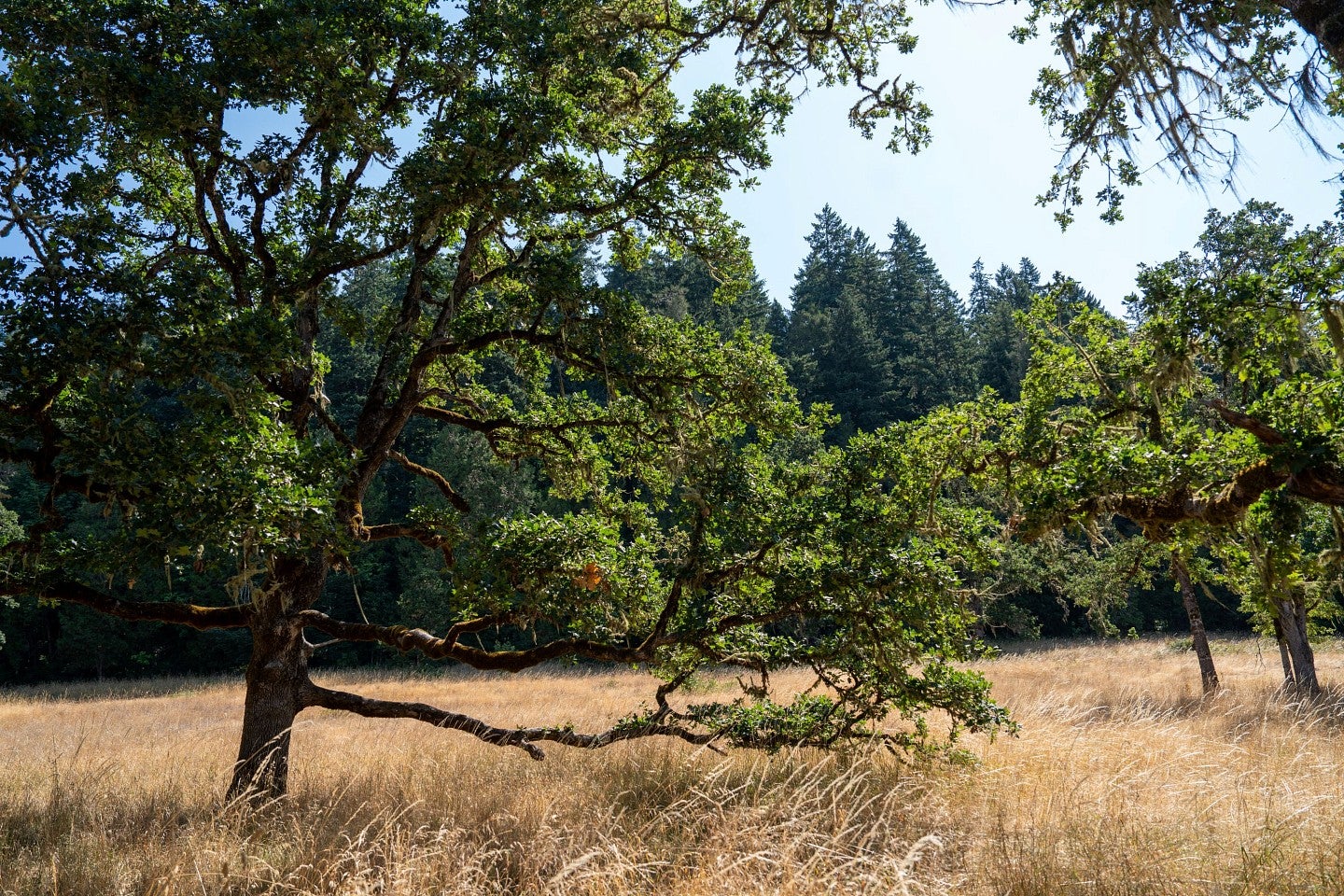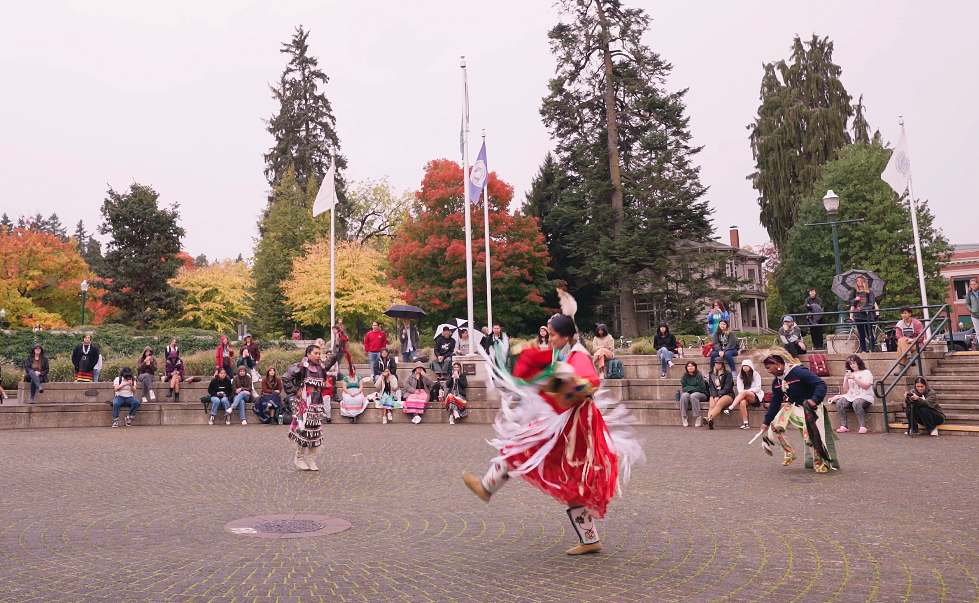
The Pacific Northwest
This is our ecosystem. We’re immersed in nature. It inspires us. It informs our decisions and our innovation. The first recycling bills were drafted here. No surprise; sustainability is in our DNA. So is good coffee and fresh, locally grown food. Active isn’t an afterthought, either. It’s part of our lifestyle. We run on Pre’s Trail, bike to school, and roll along 13th Avenue. We trek through forests, climb up rocks, ski down mountains, float on water, and play along the coast on the weekends. This is where you come to explore, lean into life, be anything you want.
The State of Oregon Has:
MILES OF SCENIC COASTLINE





Honoring Native Peoples and Lands
The University of Oregon is located on Kalapuya Ilihi, the traditional indigenous homeland of the Kalapuya people. Following treaties between 1851 and 1855, Kalapuya people were dispossessed of their indigenous homeland by the United States government and forcibly removed to the Coast Reservation in Western Oregon. Today, Kalapuya descendants are primarily citizens of the Confederated Tribes of Grand Ronde and the Confederated Tribes of Siletz Indians, and they continue to make important contributions to their communities, to the UO, to Oregon, and to the world.
In following the Indigenous protocol of acknowledging the original people of the land we occupy, we also extend our respect to the nine federally recognized Indigenous Nations of Oregon: the Burns Paiute Tribe, the Confederated Tribes of the Coos, Lower Umpqua and Siuslaw Indians, the Confederated Tribes of the Grand Ronde, the Confederated Tribes of Siletz Indians, the Confederated Tribes of the Umatilla Indian Reservation, the Confederated Tribes of Warm Springs, the Coquille Indian Tribe, the Cow Creek Band of Umpqua Tribe of Indians, and the Klamath Tribes. We express our respect to the many more tribes who have ancestral connections to this territory, as well as to all other displaced Indigenous peoples who call Oregon home. Hayu masi.
More about Native Peoples & Land

